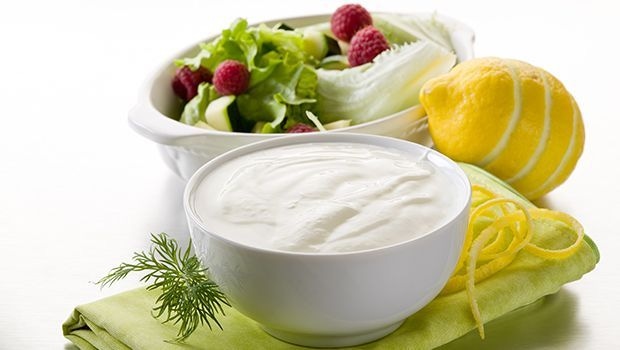The NPD Group predicts the clean-label movement will continue to gain steam in 2016 as consumers focus on foods they consider “real" or “clean" both at home and dining out. Natural, fresh, preservative-free are attributes they will look for when selecting the foods they eat in the coming year. More consumers will check food labels for ingredients they know are additives, preservatives or don’t recognize when grocery shopping.

Shifting consumer demands have led to immense innovation in the food and beverage industry with current trends led by an emphasis on health and wellness, and a desire for products formulated with clean-label ingredients. Consumers are demanding more transparency from food and beverage manufactures about how ingredients are sourced and how products are manufactured.
The food and beverage industries are undergoing a paradigm shift in how they process, create and deliver their products to consumers; however, going clean label isn’t as easy as 1-2-3. In fact, there are a lot of uncertainties and often clean label is more about consumers’ perceptions than it is about anything concrete and tangible.
The NPD Group predicts the clean-label movement will continue to gain steam in 2016 as consumers focus on foods they consider “real" or “clean" both at home and dining out. Natural, fresh, preservative-free are attributes they will look for when selecting the foods they eat in the coming year. More consumers will check food labels for ingredients they know are additives, preservatives or don’t recognize when grocery shopping.
Consumers will continue in 2016 the trend of being more concerned with what’s in food than what’s not. According to the NPD Group, the top ingredient they are trying to avoid in their foods is sugar in meal time and snack time foods. After years of fats being a four-letter word consumers now understand not all fats are created equally, and that some have nutritional value. In fact, consumers are returning to foods once derided for having too much fat, such as eggs and oils. Genetically modified organisms (GMOs) will continue to remain top-of-mind with consumers—although many are confused as to what GMOs actually are or why they should be concerned—and they will increase their use of products labeled “Certified GMO-Free" this year. (Check out the article “How Industry is Engineering Clean-Label Foods and Beverages" to find out more.)
Not only will consumers care about what’s in their food but they will also care about how the foods are sourced and produced. As more consumers seek humanely raised animals and avoid antibiotics in their meats, for example, expect more of them to research brands and their production practices. In response a number of major restaurant chains announced plans to eliminate additives such as artificial ingredients or offer additive free proteins, and more are expected to do the same in the New Year. Food manufacturers and grocers are also responding by offering more locally-sourced foods and working with suppliers and producers that, for example, avoid antibiotics or pesticides.
Whether a nutrition bar, cereal or sports drinks, the products must meet consumers’ expectations for a number of variables such as taste, texture, functionality and cost. This tasks beverage formulators with finding clean-label ingredients that not only look good on a label, but also function well in the final product.
Be sure to read our “Clean-Label Bars," “Clean-Label Beverage" and “Keeping it Clean" Digital Issues to find out more about science-based ingredients and formulation strategies manufacturers are using to create clean-label products.
About the Author(s)
You May Also Like






.png?width=800&auto=webp&quality=80&disable=upscale)